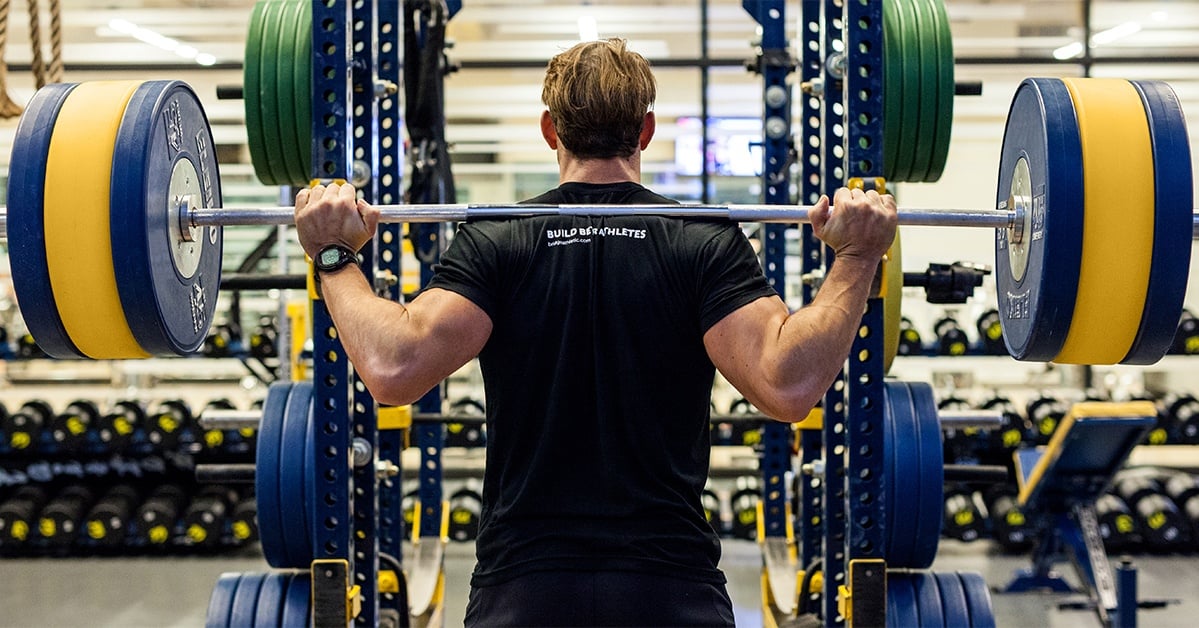
Strength training is shown to provide many benefits for elite athletes including, but not limited to: increased muscle endurance, hypertrophy and increased muscular strength. The specifics of a strength program are extremely important to monitor. In addition to the already well researched and stressed details of repetition in numbers and weight load, rest intervals can help you reach your specific strength training goals.
Muscular Endurance
Muscular endurance is the ability of your muscle to do a constant amount of work over an extended period of time. Research by Ratamess et al. revealed that with the coupling of low intensity loads with very short rest is best for increasing muscle endurance. This structure of exercise increases muscle endurance by supporting an increase in capillary and mitochondrial density in the muscle. These two adaptations allow for greater efficiency of oxidative metabolism in the muscle and thus increases your muscles’ endurance. A typical “very short rest” refers to less than 1 min between sets. It is important to note that the weight load when training muscular endurance should be reduced to a weight that can be maintained throughout the repetitions and sets with this limited recovery time.
Hypertrophy
Hypertrophy is defined as the increase in skeletal muscle size through the enlargement of muscle cells. Belmiro et al. explores four different studies attempting to uncover the ideal rest interval for increases in hypertrophy. These studies measure growth hormone levels in exercise routines with varying rest intervals. It was concluded that shorter rest intervals led to greater increase in Growth Hormone (GH) concentrations. In the Kraemer et al. study, those shorter rest intervals were 1min (vs. 3min), while in Bottaro et al. the shorter rest intervals producing the greatest increase in GH were 30sec (as opposed to 120sec). While there is evidence of increases in GH, especially between 30sec and 1min, it is important to recognize that other hormones (such as testosterone) also play a role in hypertrophy. Thus further investigation could provide more evidence to determine the best rest interval in developing hypertrophy.
Muscular Strength
There have also been multiple successful studies on the effects of inter-set rest intervals on Muscular Strength. Findings from three different studies outlined in Belmiro et al. show the importance of a longer rest period while maintaining a high intensity and volume training load. The results have determined that longer rest intervals (2-3 min) as opposed to short rest intervals (30-90 secs) allow for the greatest amount of strength increase. These longer rest intervals allow for an athlete to maintain intensity throughout an exercise set. Lastly, it is important to note that throughout the season this rest time may be shortened without excessive muscle fatigue due to strength gains.
Recap
Like any strength training program--specificity is key. This refers to the concept that an athlete’s training should reflect the sport they are participating in. With strength training, a good example of specificity is an athlete doing front squats to work on their power for their push-offs the wall, a quick first step, or increased force off of the line. Varying your rest intervals to specifically target what you are trying to train is a great why to stay true to the concept of specificity. Here is a recap on what rest intervals are best of each of the three muscle adaptations explained in this post:
Muscular Edurance: Short rest periods: (30sec- 90sec) to stimulate capillary and mitochondrial growth.
Hypertrophy: Short rest periods (30sec -1min) to stimulate Growth Hormone.
Muscular Strength: Longer rest periods (3-5min) to be able to maintain intensity.
Read more on why strength training is important for athletes and how to build strength and power using BridgeAthletic.

Resources:
Ferias de Salles, Belmiro et al. Rest Interval between Sets in Strength Training. Sport Med 2009; 39 (9): 765-777.
http://generalfitness.tripod.com/id1.html
.png?width=150&height=50&name=BRIDGEBLOG(1).png)






